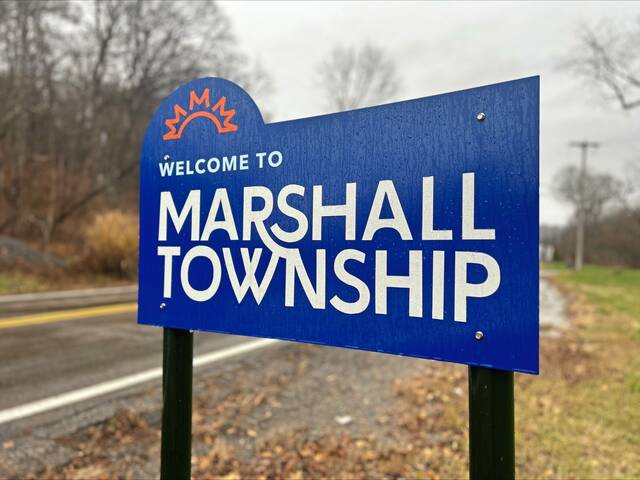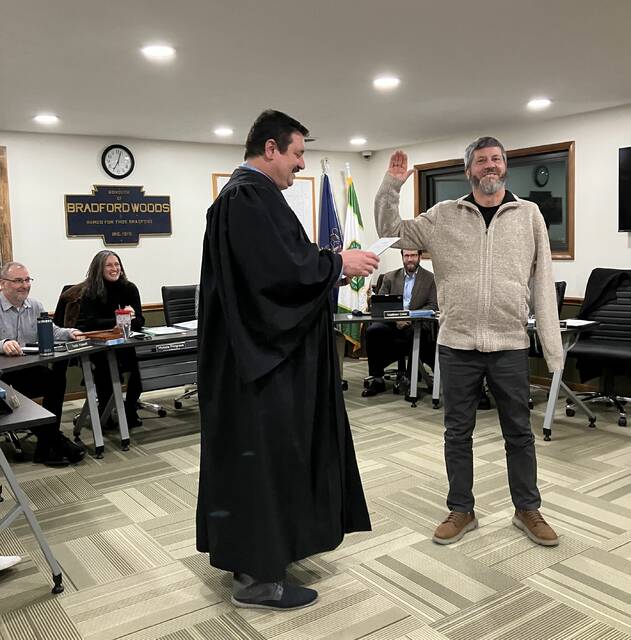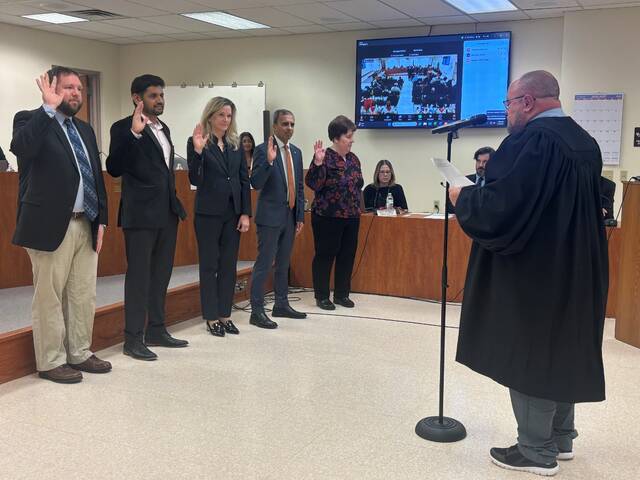McCandless has received a federal grant to help cover the costs of body-worn cameras for police, according to police Chief Ryan Hawk.
Hawk told town council in January that the department was approved for a $36,000 grant from the U.S. Department of Justice to help cover the costs of the cameras from manufacturer Watchguard. The total cost is approximately $72,000 for cameras, storage through use of a server, hardware such as docking stations, and more, Hawk said.
There will also be annual licensing fees, the first year of which is included in that quote, Hawk said.
It’s a one-to-one, or matching grant, and part of the requirements to achieve that grant was to develop an in-house policy for body-worn cameras, which Hawk presented to the council in January.
Hawk said the township will finance the remainder, approximately $36,000 via American Rescue Plan funds.
The order has not yet been placed as Hawk wants to ensure grant compliance before finalizing an order. The plan is for each officer to have their own individual body-worn camera, Hawk said.
The camera is attached with a magnet to an officer’s uniform or vest. The camera will be able to sync with the car camera, which will record what is happening in front of the car and from the officer’s body, Hawk told council in January.
There is an approximately eight- to 12-week turnaround according to the manufacturer after ordering, Hawk said. Installation of all hardware and software then would occur. All officers will need to be trained properly on the cameras’ use.
“The body-worn camera’s purpose is multi-pronged. Among other reasons, the body-worn cameras will be used to record officers’ actions on the street when on scene of incidents to record events as they unfold, as well as involved parties’ actions and statements. They will also collect video evidence, an example of which could be a person’s injuries as a result of a domestic dispute or field sobriety tests at the scene of a suspected DUI driver,” Hawk said.
He said body-worn camera footage likely will be used for training purposes within the police department.
“They will also be utilized to refute or sustain a complaint against an officer, so they will help to contribute to greater transparency and officer accountability. These are only a handful of examples of the potential benefits of body worn cameras to the public and to the police department,” he said.
A light will come on when it is recording.
Hawk said officers may notify anyone when actions are being recorded, but if a situation is “rapidly happening,” officers may not be able to communicate it.
Recordings will be kept securely in-house, not by the officers who use the devices, Hawk said.
Councilperson Kim Zachary suggested looking into an outside entity to store the recorded information, as well.
“Sometimes it seems things get lost, and people think it was intentional, and it’s always the important thing that gets lost, and we don’t want anything to look bad,” Zachary said.
The Franklin Park Police Department has been using body cameras for a few years now, according to Franklin Park Department Lt. Sam Snyder.
Each of their 16 officers is outfitted with one. Snyder said there’s been no negative issue, and the officers appreciate having them on-hand.
“They like it. They’re very useful,” said Snyder.
Hawk said neighboring municipalities use Watchguard, include the North Regional Police Department, which serves the communities of Pine Richland, Marshall and Bradford Woods.











